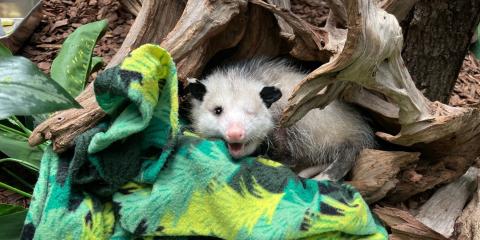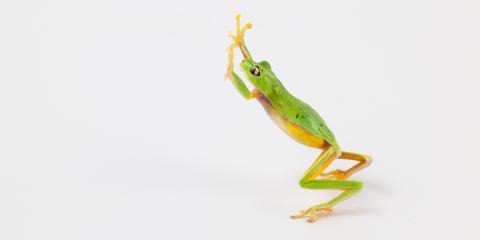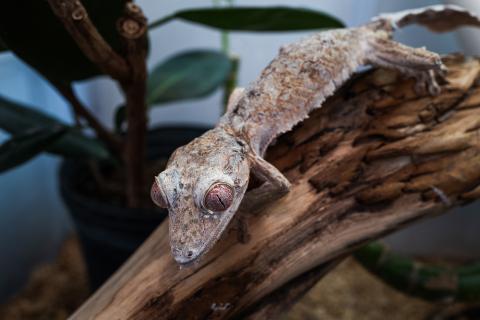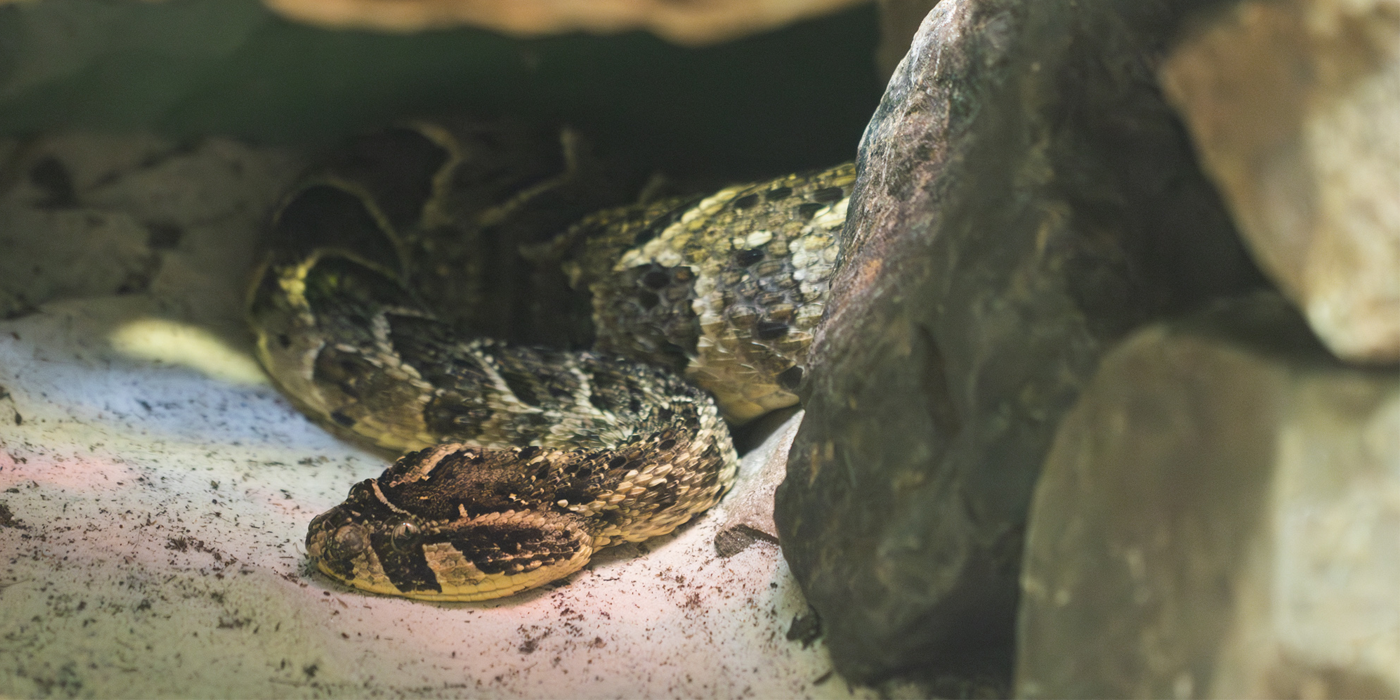One of the most widespread venomous snakes, puff adders are native to Africa and parts of the Saudi Arabian peninsula. They are named for their habit of puffing themselves up to look larger than they are to deter predators. Rather than fleeing the sound of approaching footsteps as most snakes do, puff adders go still, hiss in warning, and then strike fiercely to protect themselves.
Physical Description
Puff adders are built for camouflage and for ambush. Their dull, tan scales help them blend into grasslands or scrub. Their strong, triangular heads help them swiftly and efficiently take down prey.
Size
Puff adders are relatively short, thick snakes that rarely get longer than about 3 feet (1 meter.)
Native Habitat
Semi-desert, forest, grassland, scrubland and mountain edges.
They can be found throughout the African continent from Senegal to South Africa, except for deserts, tropical rainforests. They can also be found along the coast of the Arabian Peninsula.
Lifespan
Puff adders live up to 15 years in captivity.
Communication
Puff adders make a loud sighing hiss noise to warn off a potential predator. They also use chemical communication to attract mates.
Food/Eating Habits
Puff adders are ambush predators. Rather than hunting for prey, they hide and wait for it to come to them. When they strike, their head hits so hard and their fangs bite so deeply that their prey often dies from the force of the blow rather than the venom. They will eat any animal they can catch, including small rodents, birds, amphibians and lizards.
Sleep Habits
Mostly nocturnal. Puff adders spend the majority of their time waiting patiently for prey to happen by.
Social Structure
As solitary creatures, puff adders live most of their lives alone, except for when they meet to mate.
Reproduction and Development
Puff adders are viviparous, which means they give birth to live baby snakes rather than laying eggs. The clutches of young snakes can be large, with mothers giving birth to 20 to 40 young at a time, though there are records of up to 80 snakes being born at once. Parents do not care for their young, and the baby snakes are on their own from birth.
Conservation Efforts
Puff adders are widely distributed thoughout their range and are not considered a threatened species. Local populations may be at risk due to habitat loss, human interference and the effects of climate change.
Help this Species
- Practice ecotourism by being an advocate for the environment when you’re on vacation. During your travels, support, visit or volunteer with organizations that protect wildlife. Shop smart too! Avoid buying products made from animals, which could support poaching and the illegal wildlife trade.
- Choose your pets wisely, and do your research before bringing an animal home. Exotic animals don’t always make great pets. Many require special care and live for a long time. Tropical reptiles and small mammals are often traded internationally and may be victims of the illegal pet trade. Never release animals that have been kept as pets into the wild.
- If you see a snake in the wild, leave it alone and encourage others to do the same. Don’t assume it is a venomous species, and don’t attack it if it doesn’t pose a threat to your safety. Tell your friends and family about the eco-services that snakes provide, such as keeping rodent populations in check.
- Share the story of this animal with others. Simply increasing awareness and educating others about the threats invasive species pose to local ecosystems can help protect native environments.
Animal News

May 06, 2025
Remembering Basil, Our Virginia Opossum

May 02, 2025
Happy Amphibian Week 2025

April 17, 2025

